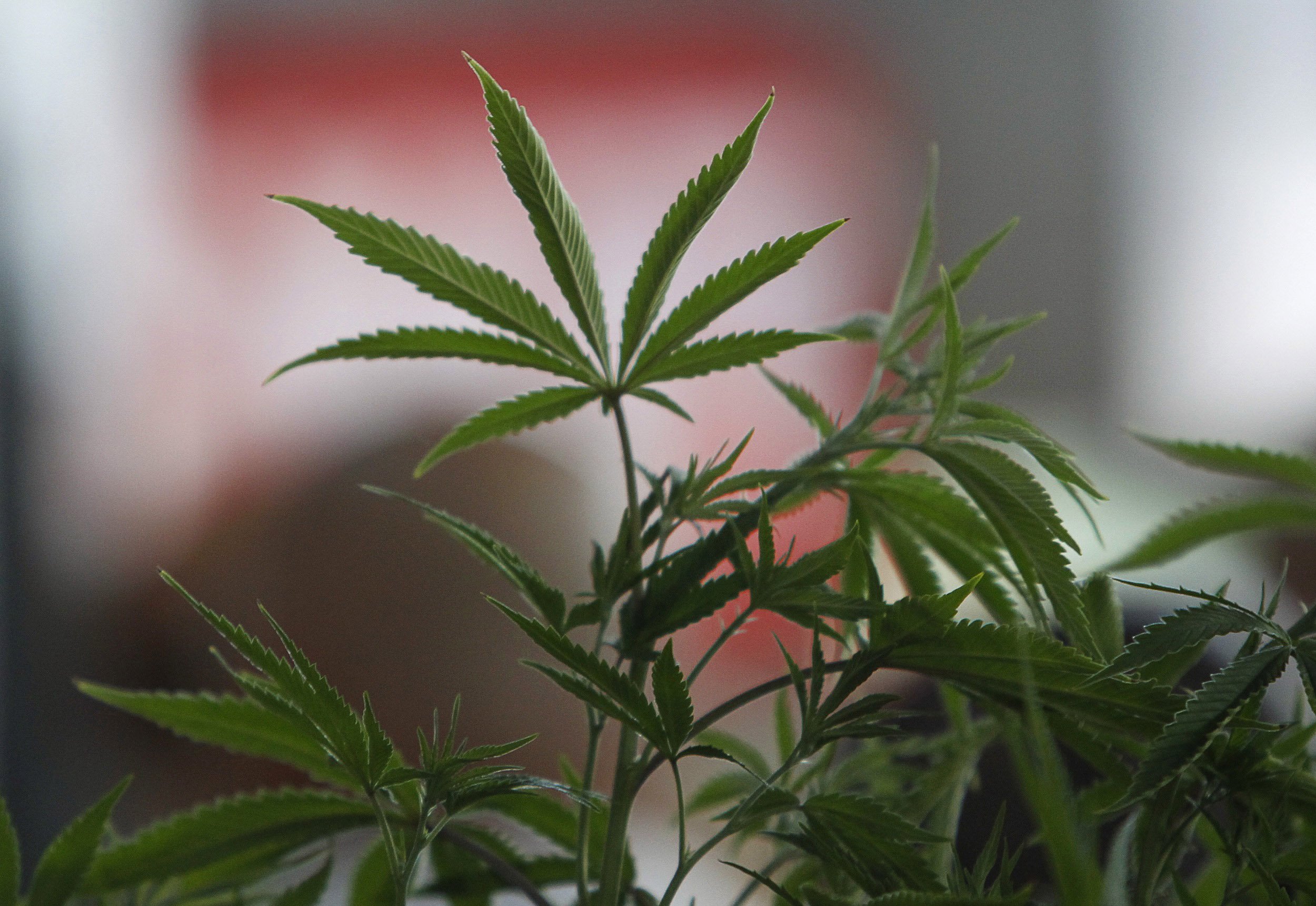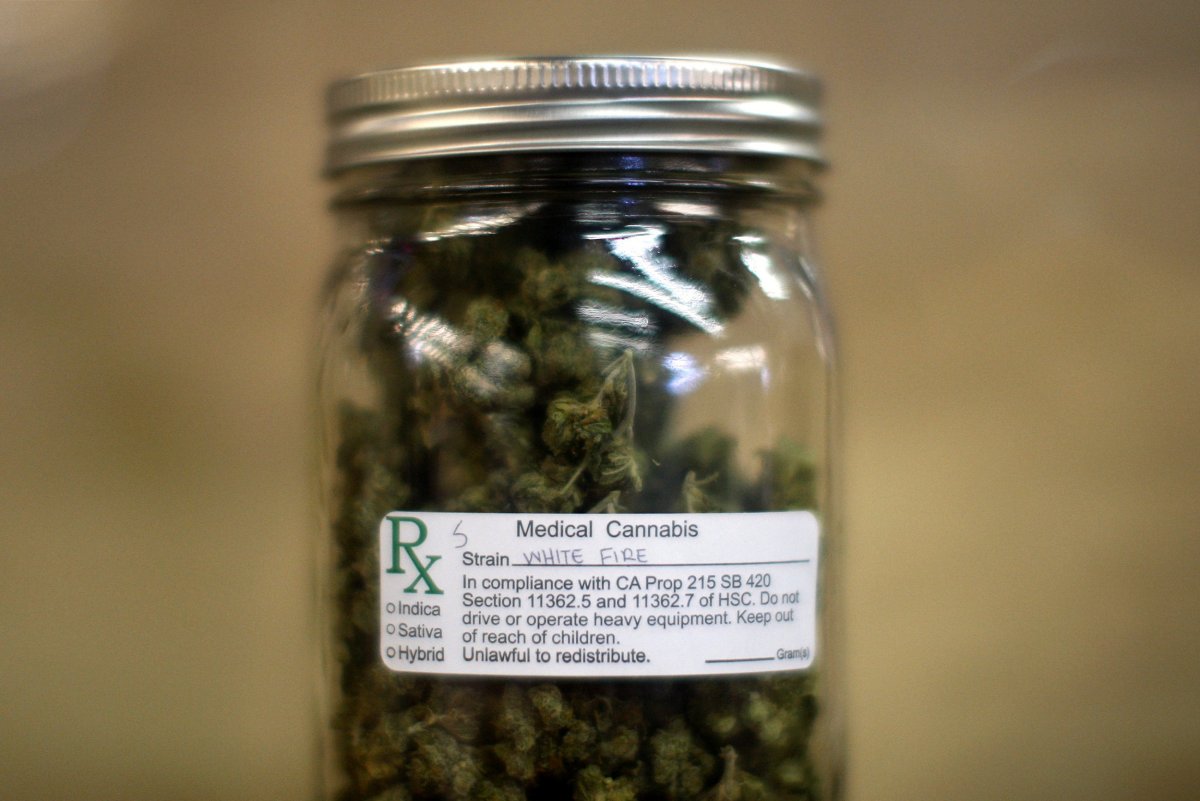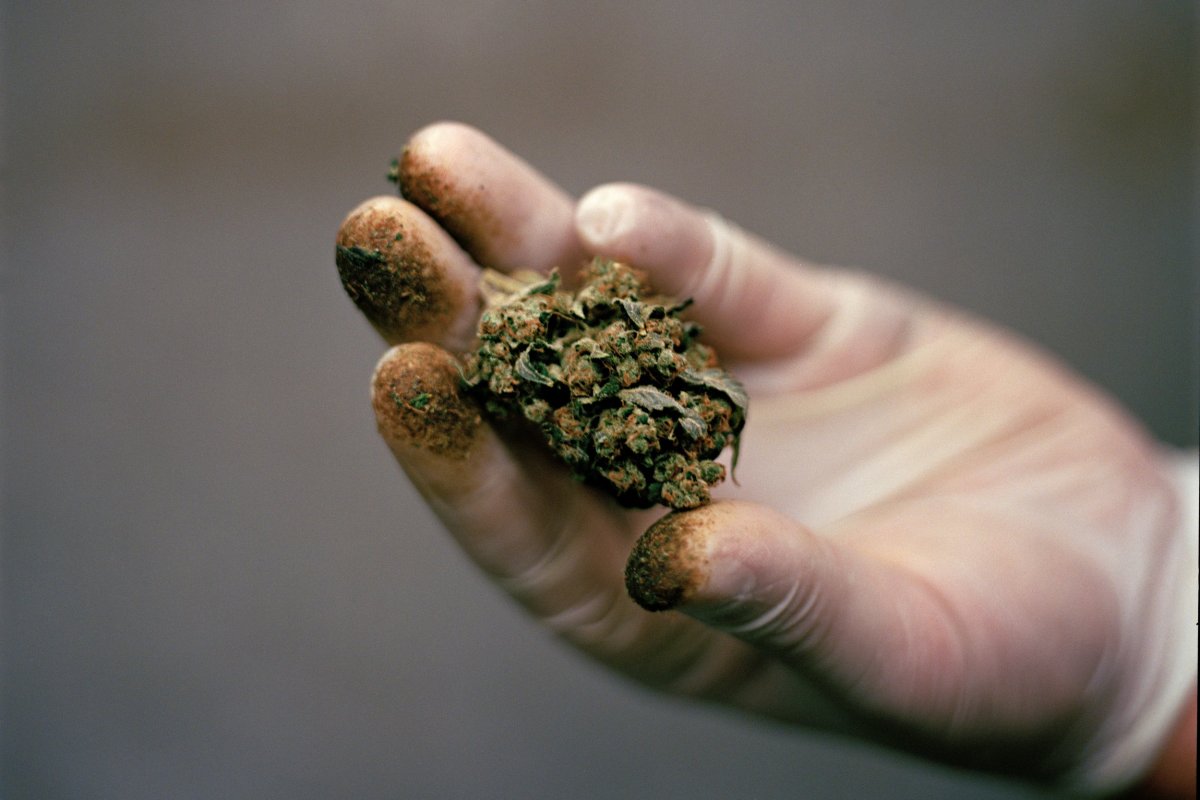
Blame Cheech and Chong, Half Baked, the Grateful Dead, Bob Marley, the Beer Lobby, your college roommate, that one time you took a bong hit after a bit too much to drink and wound up flat on your back. Somewhere along the way, you've acquired the wrong idea about marijuana: that it's the drug of "stoners," the lazy, the hazy, the smelly, the plaid pantry clerk with vocal fry and glassy eyes. And while studies confirm that a small percentage of users consume most pot sold in America today in the same way that the .01 percent controls most of the wealth, legal weed in a handful of states has spawned an emerging class of dabblers—people who seek as refined and sophisticated a relationship with weed as they have with wine. As the stoner stigma evaporates and the munchies jokes wind down, ordinary people—just like you—are returning to marijuana.
But how? That's the tricky part. Walk into a modern-day dispensary and face dozens of choices: Blue Dream, Sour Diesel, Girl Scout Cookies, Animal Cookies. Sure, the "budtenders" behind the counter can probably help, but there are a few places in these weed-legal states staffed by true cannabis sommeliers: experts who can move beyond the tired nomenclature of indica versus sativa and talk at length about the actual compounds in the plant that explain its subtleties and complexity. There's more to marijuana than "this one wakes you up" and "this one puts you to sleep," and it doesn't require a horticulture degree to sort things out.
Last week, in advance of the "holiday" that is April 20, I sat down with two of the most knowledgeable people in America when it comes to pot—Jeremy Plumb and Emma Chasen of the Portland, Oregon, dispensary Farma. Together, the three of us concocted a timely guide for those of you considering a return to pot. (There's even a glossary at the bottom!) But first, a few disclaimers:

Marijuana Is Still Illegal in Most States
And the strains recommended below may be unavailable or mislabeled in your closest pot dispensary. But the idea is to promote a better understanding of the chemotypes (1) that can produce widely varying effects. To know a little more about how cannabis works is to know how to use it. And on that note...
Dosage Is Critical
"I can't smoke weed. It makes me fall asleep or paranoid" has become a fairly typical cop-out for modern-day cannabis reluctants, but this argument is akin to swearing off alcohol (which isn't a terrible idea, actually) because of that one time you got too drunk on tequila. It doesn't always have to be like that one time you had a bad experience. And the key way to avoid repeating the one time you had a bad experience? Stop at a single hit, Plumb advises. Wait 10 minutes. See how that feels.
Choose Your Method Wisely
Old-school flame-broiled combustion—smoking a joint, a pipe, a bubble or a bong—remains the best way to decarboxylate (2) your pot, because it ensures that not just some but all of the compounds that bind to various cannabinoid (3) receptors in your brain are actually released. But because combustion also includes burning more of the plant than you need, that option isn't great for the lungs. The next best choice is vaporizers, which can be individually adjusted to target specific compounds in the plant that burn or evaporate at different temperatures. You might not get high in quite the same way with a vaporizer, but that might be a good thing.
For home use, the VapeXhale EVO is about as smooth a hit as it gets, if you don't mind dropping a few bills, waiting a few minutes for the thing to warm up and handling it carefully (the glass models that fill with water can be a bit fragile). For the open road, try the Firefly 2, which is sort of the iPhone of vaporizers. At the touch of your fingertips, the vape can reach 400 degrees (or another temperature, programmed via an app on your phone) in just three seconds, via a convection technology that heats the plant only as you inhale it, capturing each element of the plant's compounds at the moment they're released. There are a million other swell vaporizers and extract pens. Edibles are an increasingly popular choice too; they're the most fuel-efficient option because on average they're 11 times stronger than combustion or convection and significantly longer lasting, and because they take a while to kick in, people often overdose. But they don't release the same amount of compounds as the other methods, thus "removing some of the personality" of the plant. Good for pain management, not so good for a dynamic high.

An Insider's Guide to Pot
Cannabis is the most widely experimented-with plant on the planet, and especially with the rise of legal pot, growers are producing the most sophisticated strains of marijuana ever. At Farma, for example, customers can choose from an endless array of options. There's Golden Pineapple, recognizable by its citrus smell and uplifting effect, a strain for people who want to be awake, energized and anxiety-free, thanks to a terpene (4) that blocks the brain's degradation of GABA (5). It's a strain best smoked during the day (unless you want to stay up all night).
Another uplifting option is Sour Diesel, a "fuel-ly" strain (hence the diesel) that comes with a huge spike in limonene (6), an estrogen inhibitor that might provide a healthy spike in your sex drive. Both Sour Diesel and Golden Pineapple are energizing, but Diesel is more for cleaning the house. Pineapple is best for "rolling around on the floor laughing," says Plumb. "Or making love to your partner."
Big on the East Coast is Grape Ape, a more relaxing strain that tends to be purple in color and grape in smell. Grape Ape comes healthy doses of ocimene (7) (which is analgesic) and myrcene (8), a relaxing compound also found in hops. If you're having trouble sleeping, go with Grape Ape. If you had a long day at work and want to relax but stay awake, go with Goji OG, which is chock full of linalool (9), a sedating compound found in lavender.
Next, consider Girl Scout Cookies, rich in both anti-inflammatory and anti-anxiety compounds but also with some of the euphoric properties of Sour Diesel or Golden Pineapple, creating what Chasen calls a "beautiful duality. I'm lifted, but my body is relaxed." Most "cookies" strains are good for right after dinner, calming the digestive tract.
And finally, for the least stony and most pain-relieving effect, get after some pot that's high in cannabidiol (10), or CBD. That particular compound doesn't induce euphoria, like its more popular cousin THC, but it does block pain receptors and can provide relief from anxiety and inflammation. For best effect, Plumb recommends experimenting with a strain that blends CBD and THC well, like ACDC. That strain is only 1 percent THC (as opposed to 25 percent, which is common) and 20 percent CBD, "closer to industrial hemp," Chasen says, and perfect for those looking for a way to relieve pain during the day or wean themselves off a prescription anxiety or antidepressant medication.
So go forth, start slowly and rediscover the joy of cannabis.

GLOSSARY
1. Chemotypes The chemical compounds found in cannabis (and all medicinal plants) responsible for mediating the effect felt.
2. Decarboxylate Chemical reaction that removes a carboxyl group from a compound. In the case of cannabis, THC must be decarboxylated in order to administer a psychoactive high.
3. Cannabinoids Compounds found in cannabis that bind to the endocannabinoid receptor system mediating many of the effects of cannabis. THC and CBD are two of the primary cannabinoids.
4. Terpenes Volatile compounds found in most plants, giving plants their smell (the essential oils). They also mediate many physiological effects, including pain relief, sleepiness and anti-inflammatory.
5. GABA Gamma-aminobutyric acid is a neurotransmitter that sends signals throughout the brain responsible for regulating anxiety, depression and mood.
6. Limonene A terpene abundantly found in cannabis as well as citrus fruit. It creates a citrusy smell and has been shown to possess anti-anxiety and antidepressant effects.
7. Ocimene A terpene found abundantly in cannabis, as well as most fragrances. It has a fruity and sweet smell and has been shown to possess analgesic effects.
8. Myrcene A terpene found abundantly in cannabis and hops. It has an earthy, grass-like smell and is responsible for the drowsy or sedating effect.
9. Linalool A terpene found abundantly in cannabis and lavender. It is responsible for the relaxing, stress-relieving experience.
10. Cannabidiol (CBD) The cannabinoid most abundantly found in cannabis, second to THC. CBD binds to the CB2 receptors of the endocannabinoid system. Because of this, CBD does not mediate a psychoactive effect. Instead, CBD is primarily responsible for delivering pain-relief, anti-anxiety, anti-inflammatory and anti-cancer effects.
Correction: A previous version of this story misspelled VapeXhale EVO.
Uncommon Knowledge
Newsweek is committed to challenging conventional wisdom and finding connections in the search for common ground.
Newsweek is committed to challenging conventional wisdom and finding connections in the search for common ground.
About the writer
To read how Newsweek uses AI as a newsroom tool, Click here.








